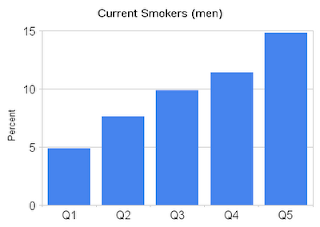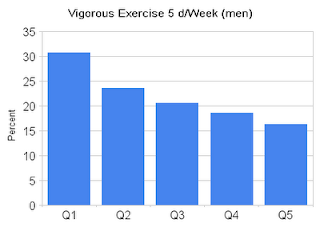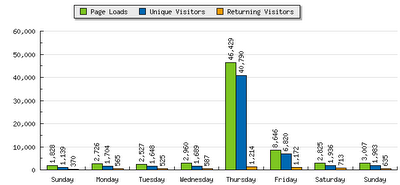On the unit I work on we get lots of babies who have "short gut syndrome" due to a variety of causes who have to be on parenteral nutrition to supplement their nutrition while their GI system grows and hopefully heals fast enough. The big problem (among many) with TPN (total parenteral nutrition) is that it destroys the liver and kids get horribly jaundiced (which also causes brain damage) and often they die of liver failure or need a liver transplant before their GI system grows enough to take them off TPN.Babies born with short gut syndrome can't absorb nutrients properly due to their unusually short small intestine. They're temporarily fed intravenously (total parenteral nutrition; TPN), until their intestines can develop enough to digest food normally.
Boston Children's has done some amazing work showing that this is largely due to the fact that the lipids part of the TPN was a soybean based oil so they started using Omegaven instead which is a fish oil based IV lipid solution. So far the results have been amazing and reversed the damage in lots of kids livers and prevented it in those started on Omegaven at birth.
The typical TPN formula contains soybean and safflower oils as the fat, both of which are over 50% omega-6 linoleic acid. Soybean oil also contains 7% omega-3 alpha-linolenic acid. You can't get the kids started too early on a "heart-healthy" diet!
The solution was to replace the vegetable oil with fish oil, which prevents or rapidly reverses the severe liver damage caused by TPN rich in omega-6 vegetable oils. I don't think this is a great solution, but it certainly beats vegetable oil. The ideal solution would be to replace the vegetable oil with a fat that approximates the composition of breast milk: mostly monounsaturated and saturated fat, with a little bit of linoleic acid, alpha-linolenic acid and long-chain fats such as AA and DHA. You could do this pretty easily with a mix of lard and fish oil; or palm oil and fish oil; or coconut oil, olive oil and fish oil. Breast milk composition varies with diet, and the amount of linoleic acid in the breast milk of Western populations is unusually high.
Excess linoleic acid, particularly when combined with excess fructose and insufficient omega-3 fat, is toxic to the liver. Modern Western nations are experiencing an epidemic of non-alcoholic fatty liver disease (NAFLD), which animal studies indicate is probably the result of replacing animal fats with polyunsaturated vegetable oils and increasing sugar intake (see links below for more detail). Fatty liver was seen primarily in alcoholics three decades ago. An estimated 1/4 of Americans now have NAFLD. It's the number one cause of liver damage in the U.S.
Where the liver goes, the rest of the body follows.
How to Fatten Your Liver
Nonalcoholic Fatty Liver Disease
The Liver: Your Metabolic Gatekeeper
More Liver Functions











